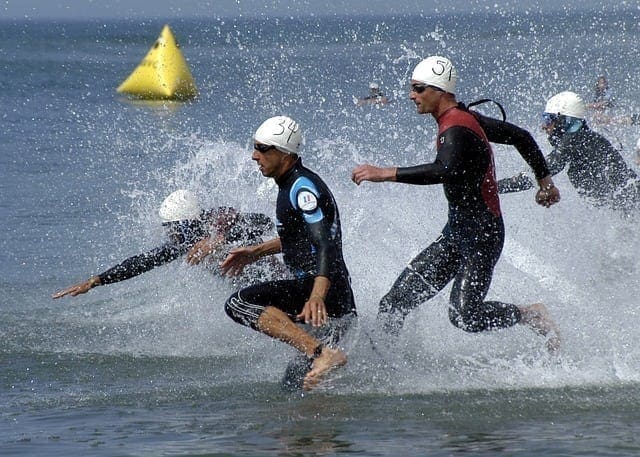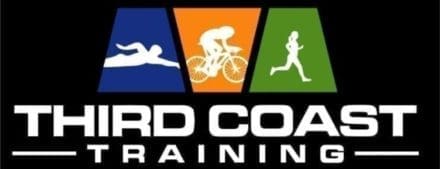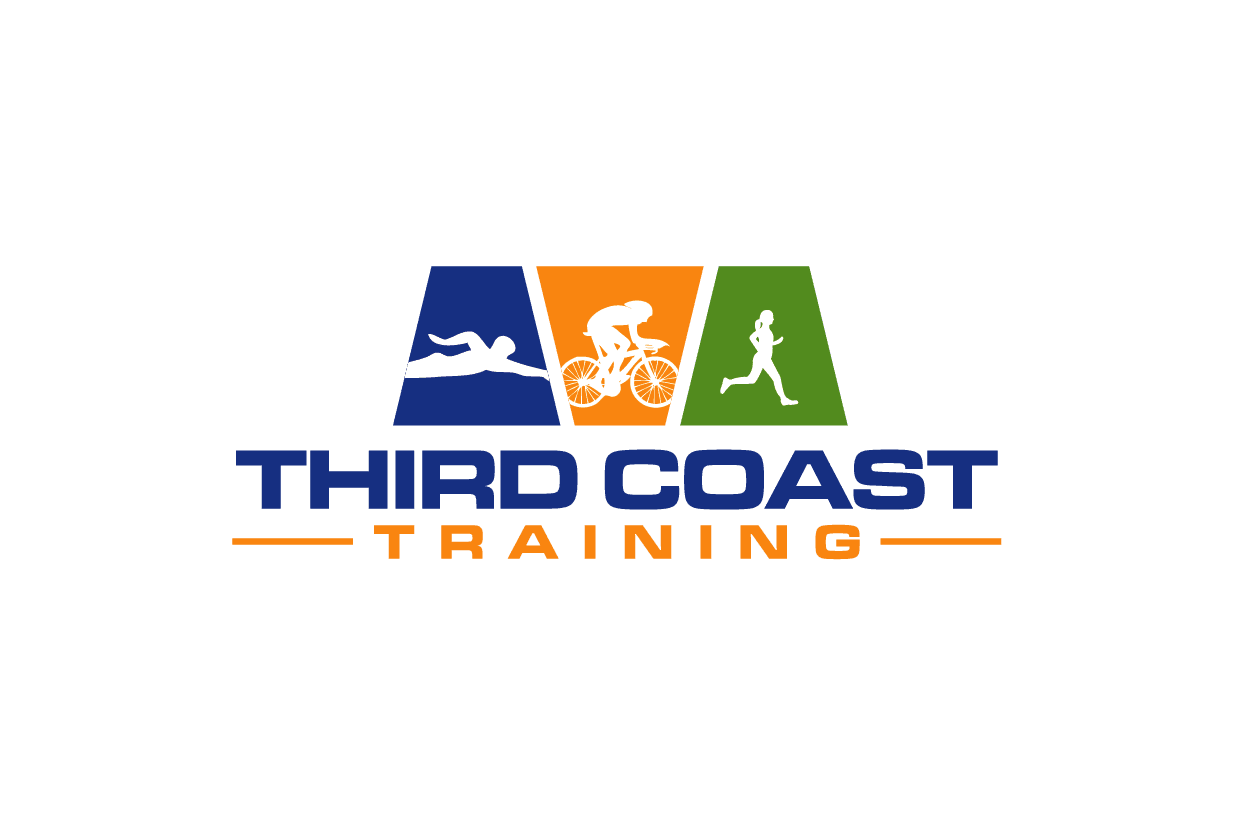Mountain Bike Injuries and Prevention
October 25, 2021
The Swim Stroke: A Guide for Triathletes
February 14, 2024Strength Training For Runners
When the topic of strength training for runners comes up, many runners, well, run away from it, mostly because the assumption is it will make them heavier and therefore more prone to injury.
This is however, is a myth, in fact quite the opposite is true. Supplementing your running with strength training exercises will not only help you prevent running related injuries, but it will also make you a stronger, faster, and a more efficient runner.
One of the major reasons that runners get injured is because their bodies are unprepared to handle the physical demands of the activity. In short, doing to much to quickly and or running to fast to often. Tissue overload then occurs, either because of a sudden introduction to the sport, or a relatively sudden change or increase in training mileage or intensity (like hill repeats).
How to build an injury-resistant body and prevent running injuries
Key Point (Golden Nugget). Balance is important when it comes to building an injury-resistant body, this analogy is useful, “Don’t let your engine outpace your chassis”, meaning don’t let your aerobic fitness (endurance built up by running) outpace your structural fitness (bones, tendons, ligaments and muscles).
Be patient and build slowly. If you don’t, you’re setting yourself up for injury.
In fact, runners need weight training even more than you may realize. Strength work accomplishes three big goals for runners:
1 Prevent injuries by strengthening muscles and connective tissues, to better handle the loads while running.
2 Run faster by improving neuromuscular (nerve-muscle) coordination and power.
3 Improve running economy by encouraging coordination and stride efficiency. Improving your upper-body strength can also boost your running efficiency. With a stronger core, you’ll be able to maintain a stable upper body, minimizing side-to-side movement – and better hold your form at the end of a run when you begin to tire. And by developing strength in your arms, you’ll improve your arm drive so you can inject more power into your stride, especially uphill.
That all sounds ideal, but it doesn’t make the weight room any less scary. To ease your fears, try changing your view on why you’re weight training and what it can do for you. As a runner, you’re training for strength, not to bulk up with massive muscle gains. And because of the amount of miles you’re putting in weekly, the chances that you’ll achieve a large increase in muscle mass is pretty low.
Think about strength training one to two times a week, focusing on compound movement patterns, such as a lunge or squat, and shoring up the areas that could lead to increased injury if they are weak, like the pelvis and hips. Consider getting an assessment to determine any existing muscle imbalances which could predispose you to injury is also very helpful.
Runners get enough of a cardiovascular workout, so focusing on training with a relatively heavy weight for a moderate number of repetitions with full recovery between sets would be ideal. And don’t forget that your own body serves as weight. So if picking up a barbell or dumbbells is a big stretch for you, ditching the weights and adding in bodyweight exercises is a great start and can still help build strength.
Also, remember that each runner is unique and will have specific strengths and weaknesses, so a personalized training plan is always the best approach.
That’s why we’ve put together a set of resources to help you introduce some strength training into your running program, as well as explain why and how it can help.
Strength Training Exercise For Running
Facts and Fiction about strength training for running
Running Training Strength and Injury
As usual, if you have any concerns or questions on this topic, please feel free to get in contact with us.
If you are sidelined with an injury and reside in Greater Houston, Texas be sure to reach out to our Fellowship trained Physical Therapy Team.
We’re here to help.
And please feel free to share the link to this blog post with anyone you think can benefit from these resources.
The information contained in this article is intended as general guidance and information only and should not be relied upon as a basis for planning individual medical care or as a substitute for specialist medical advice in each individual case.






